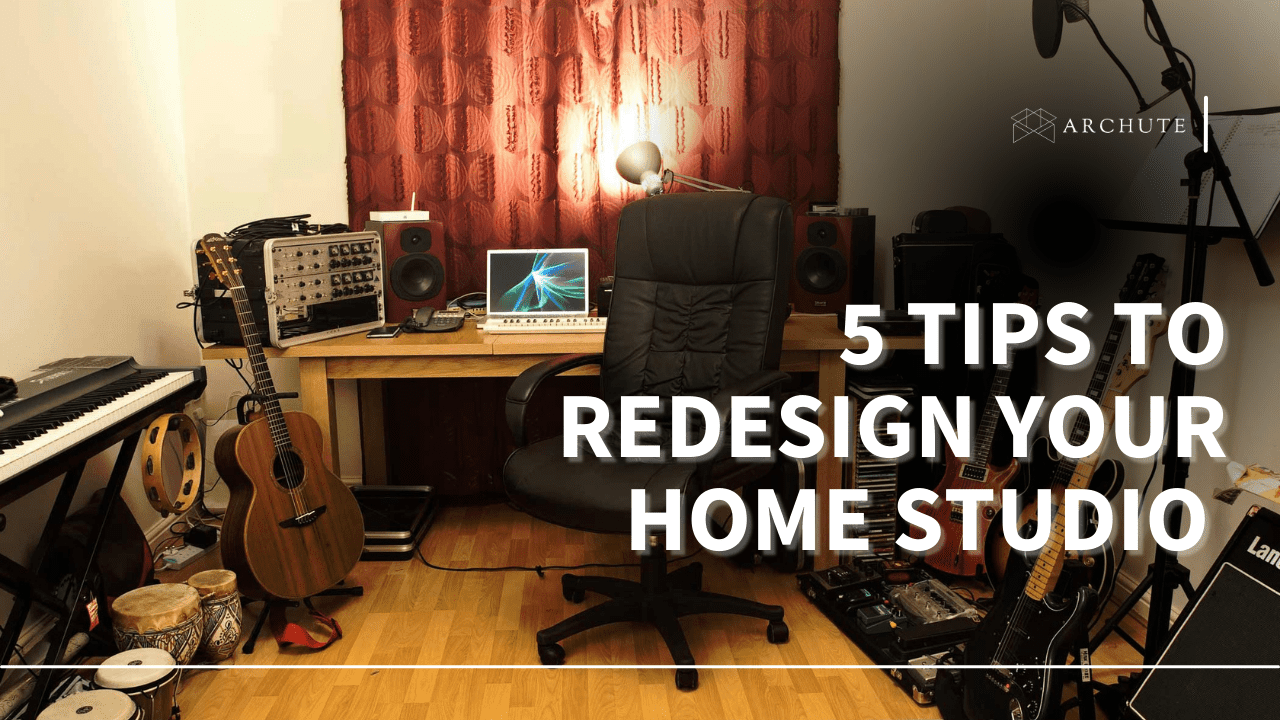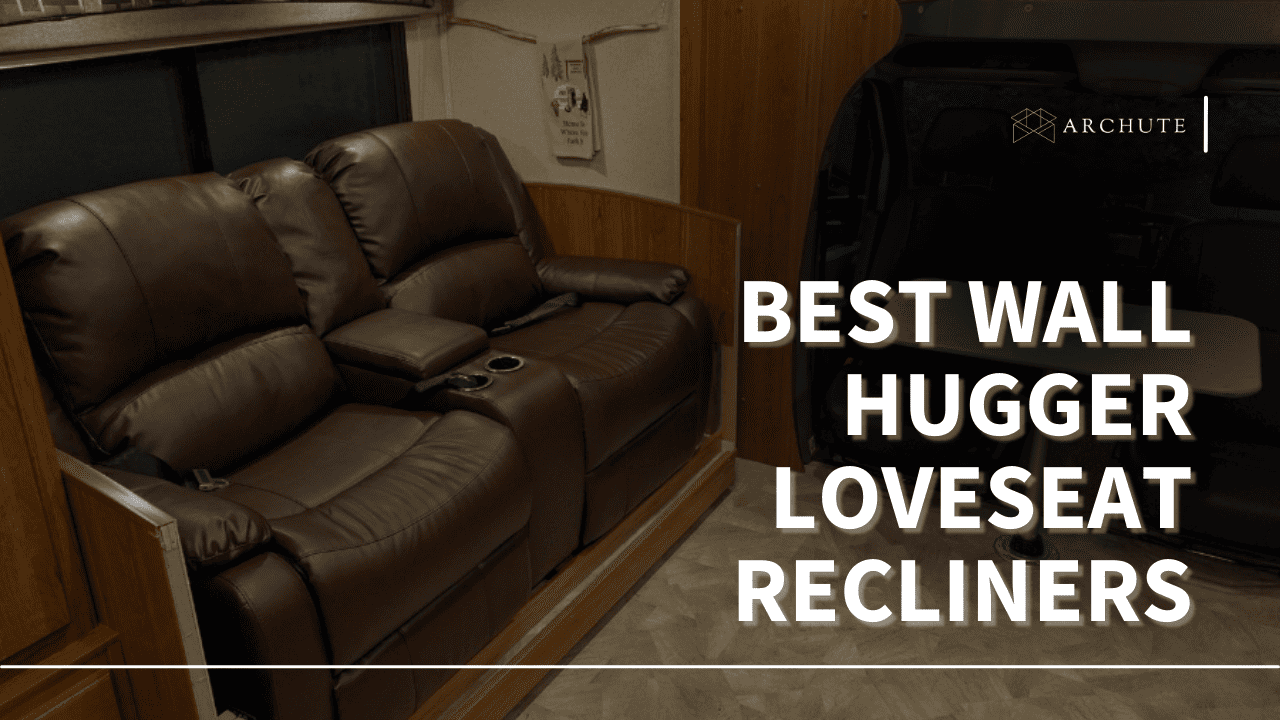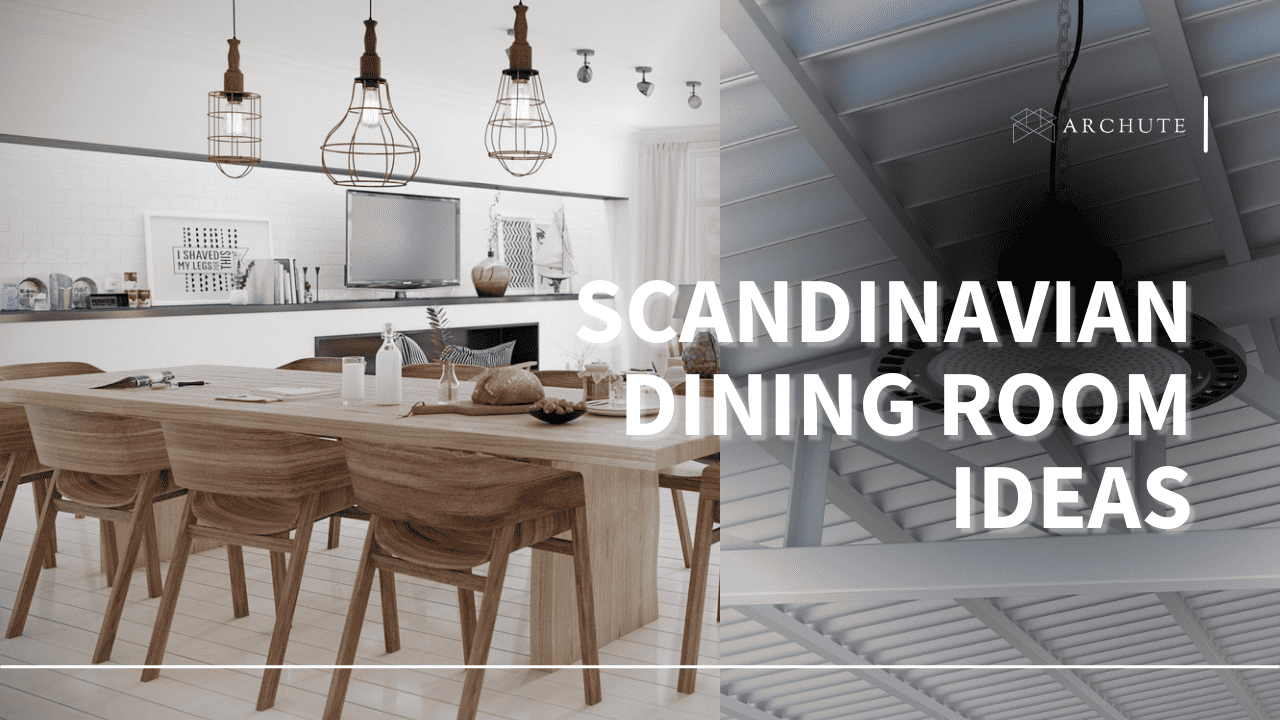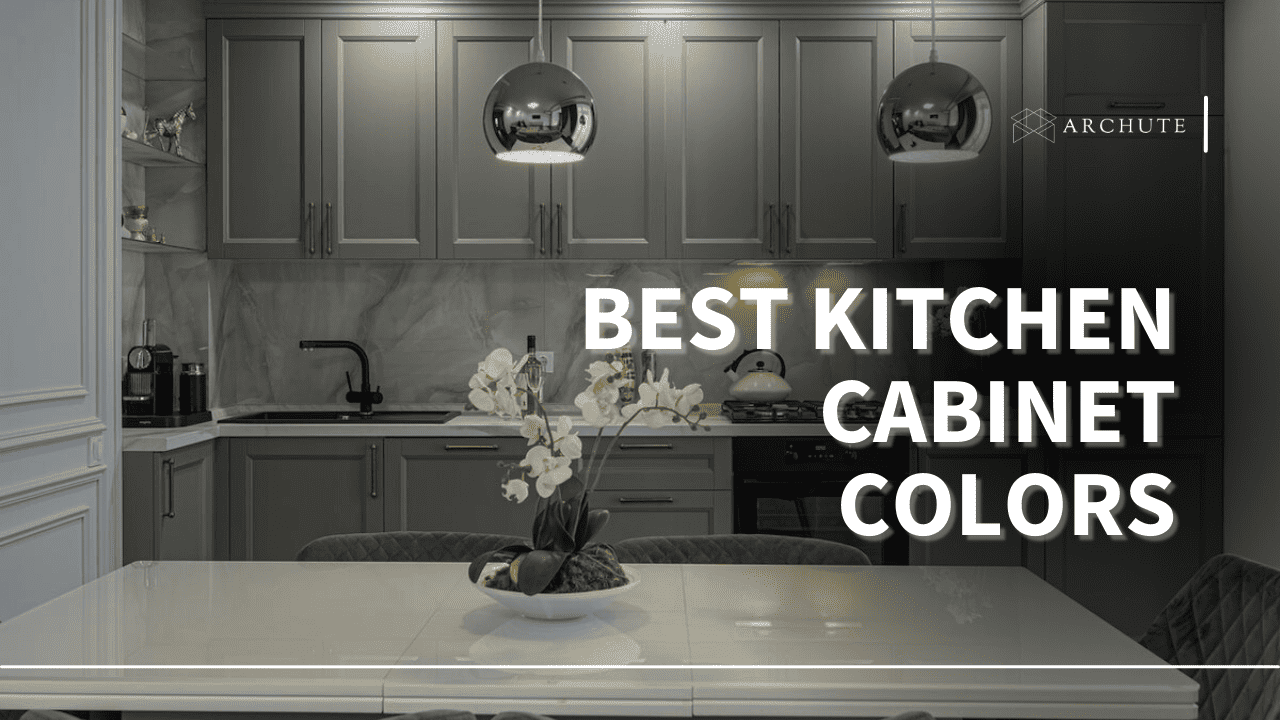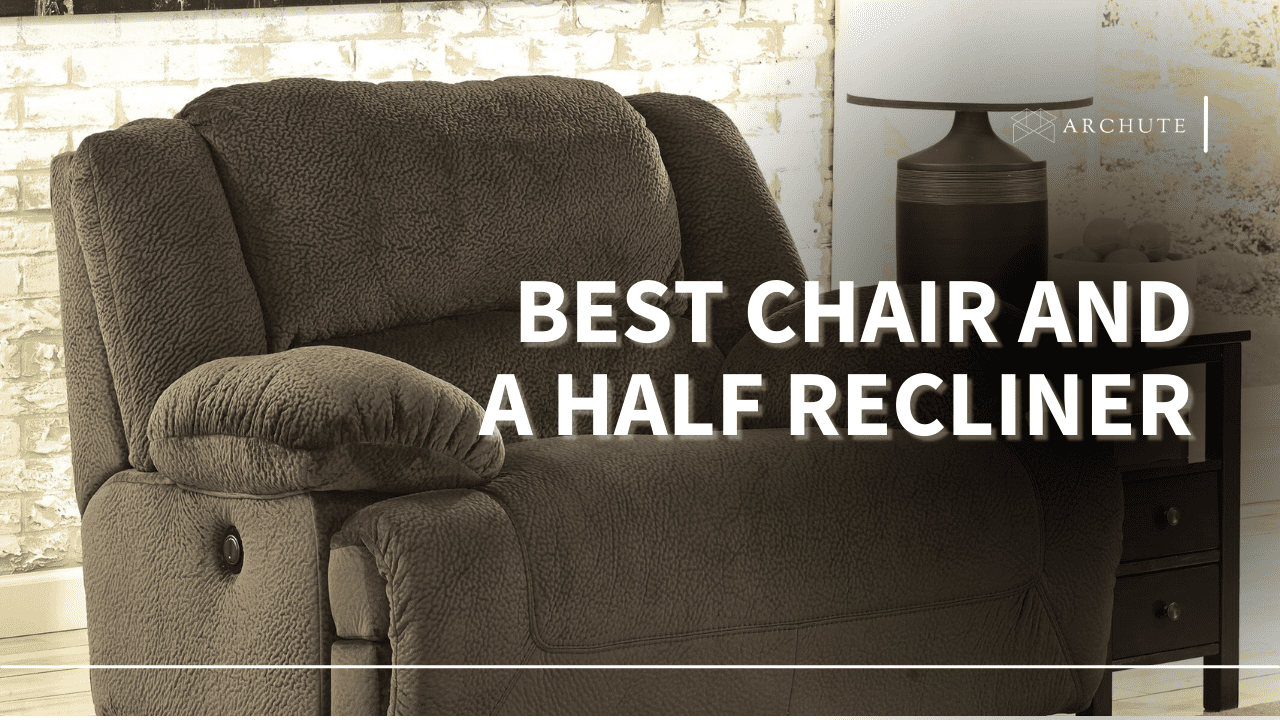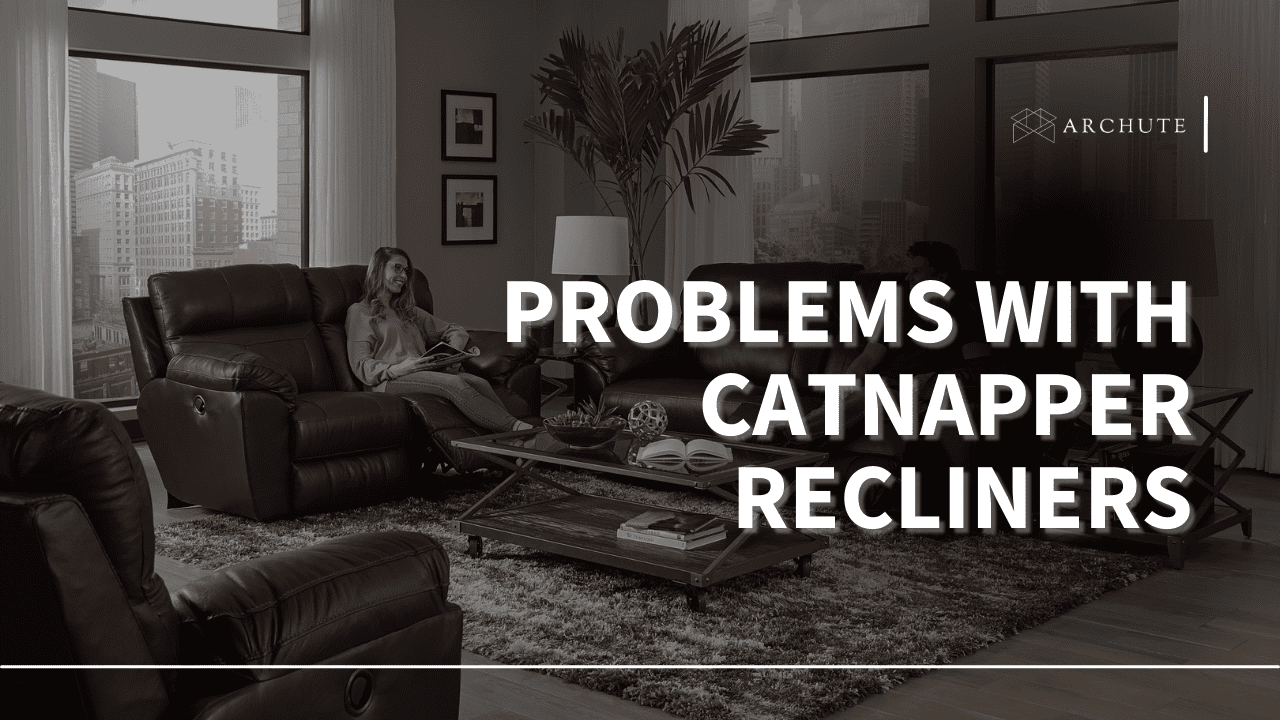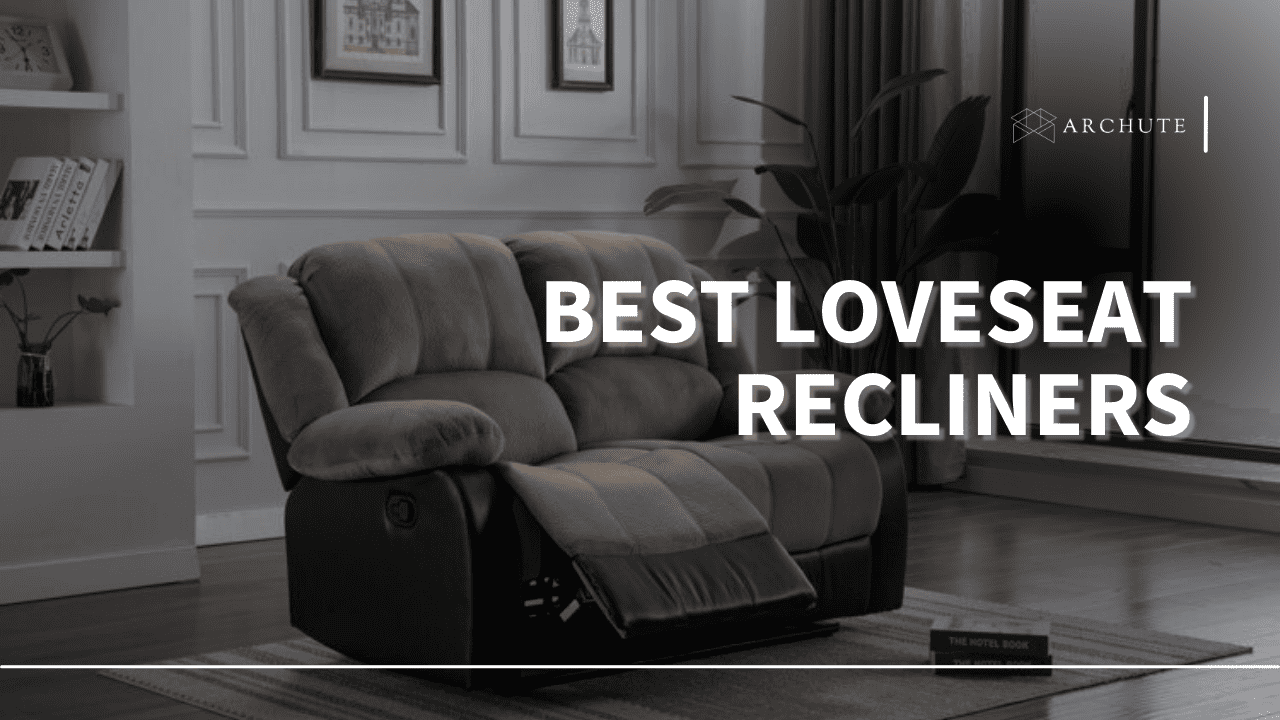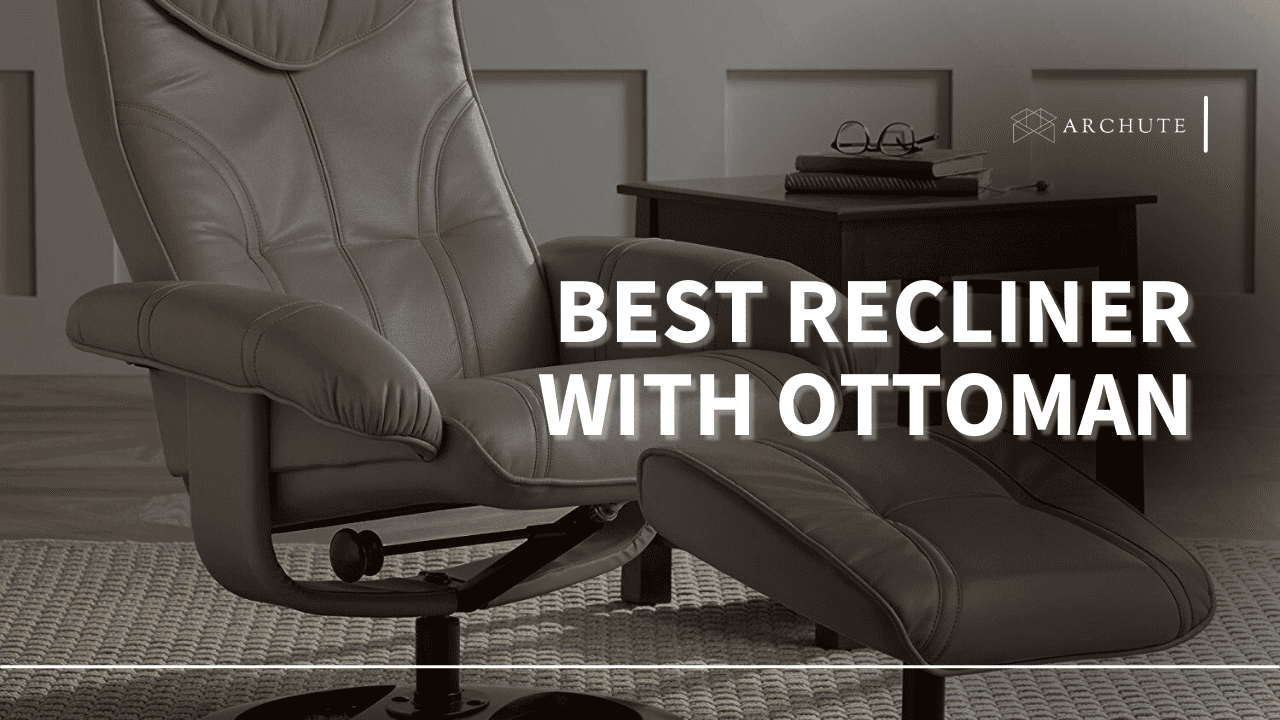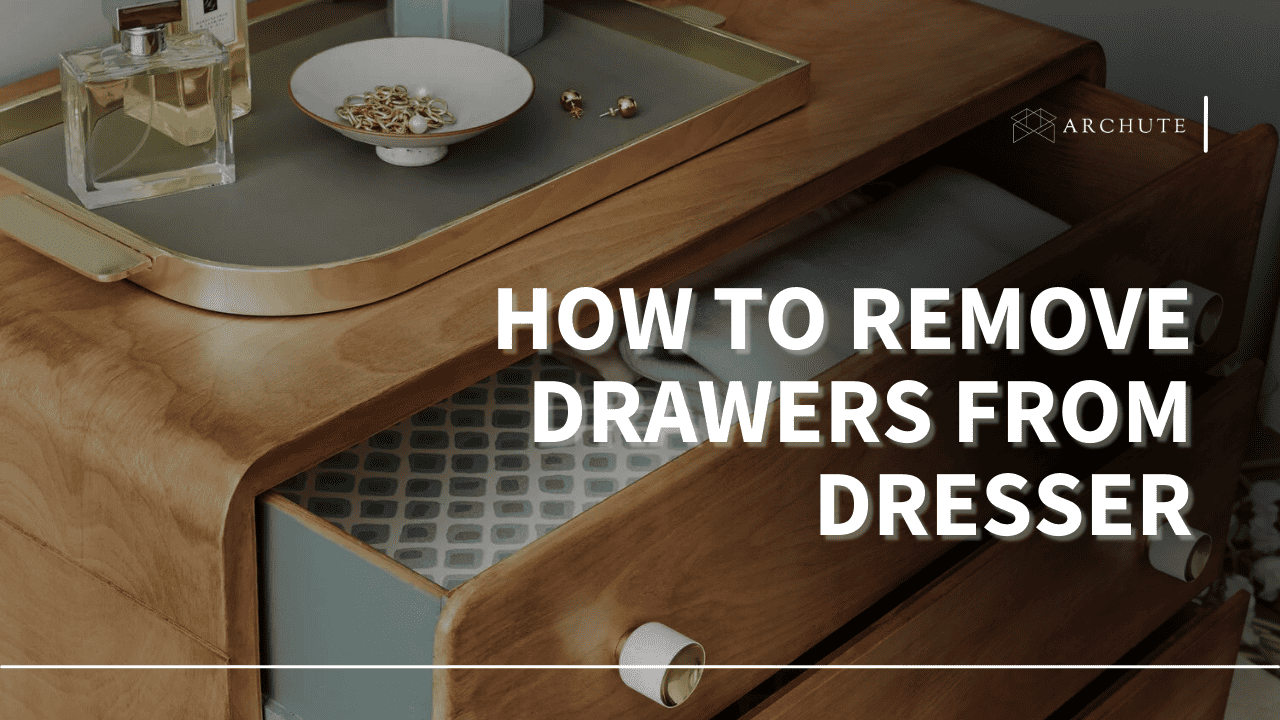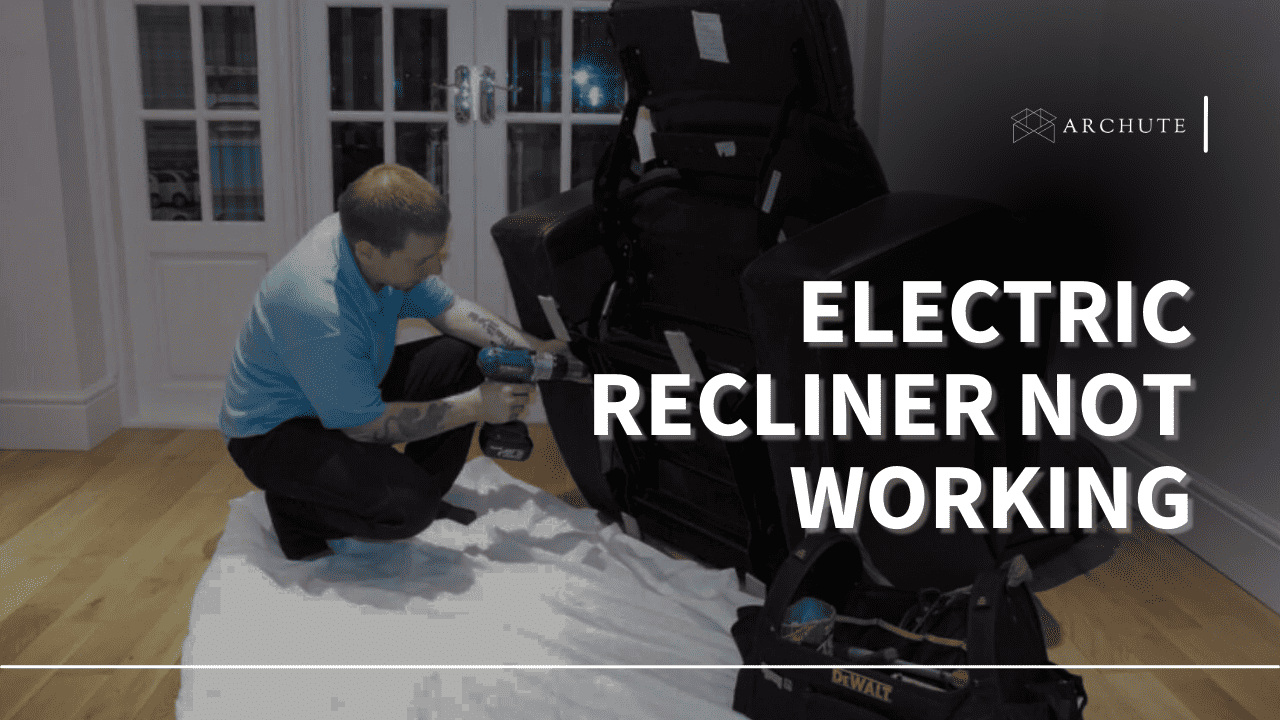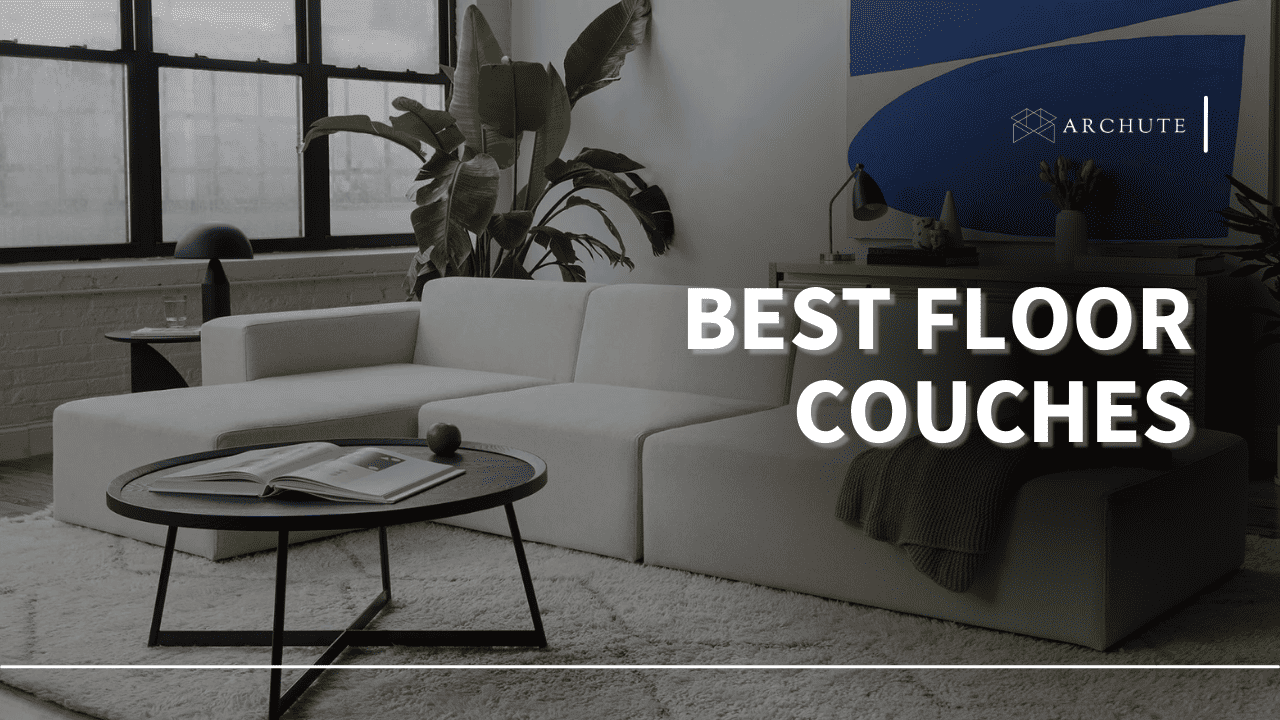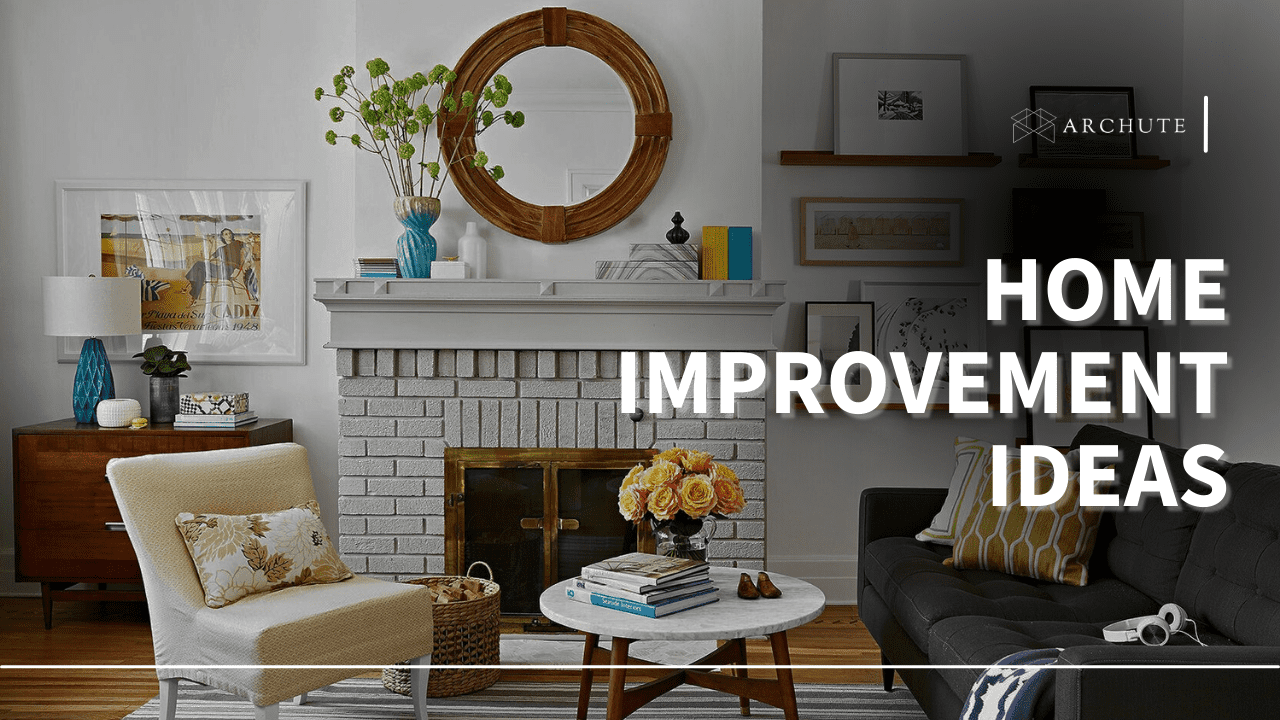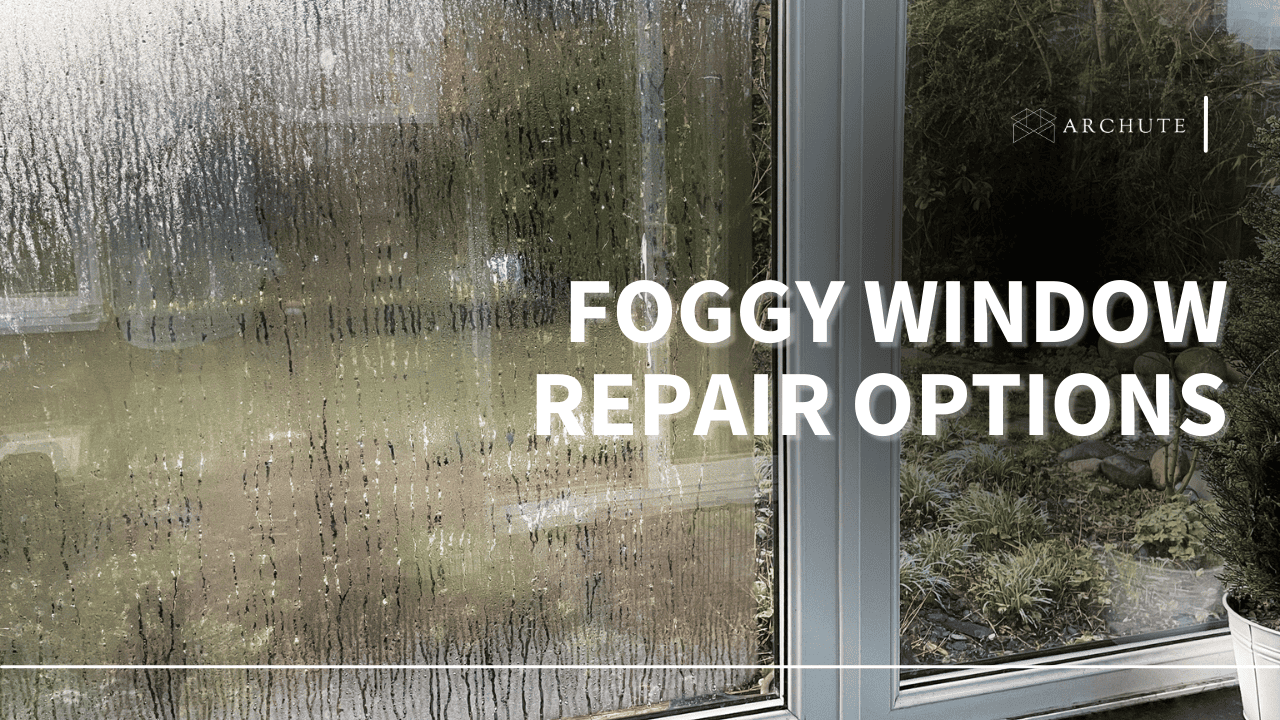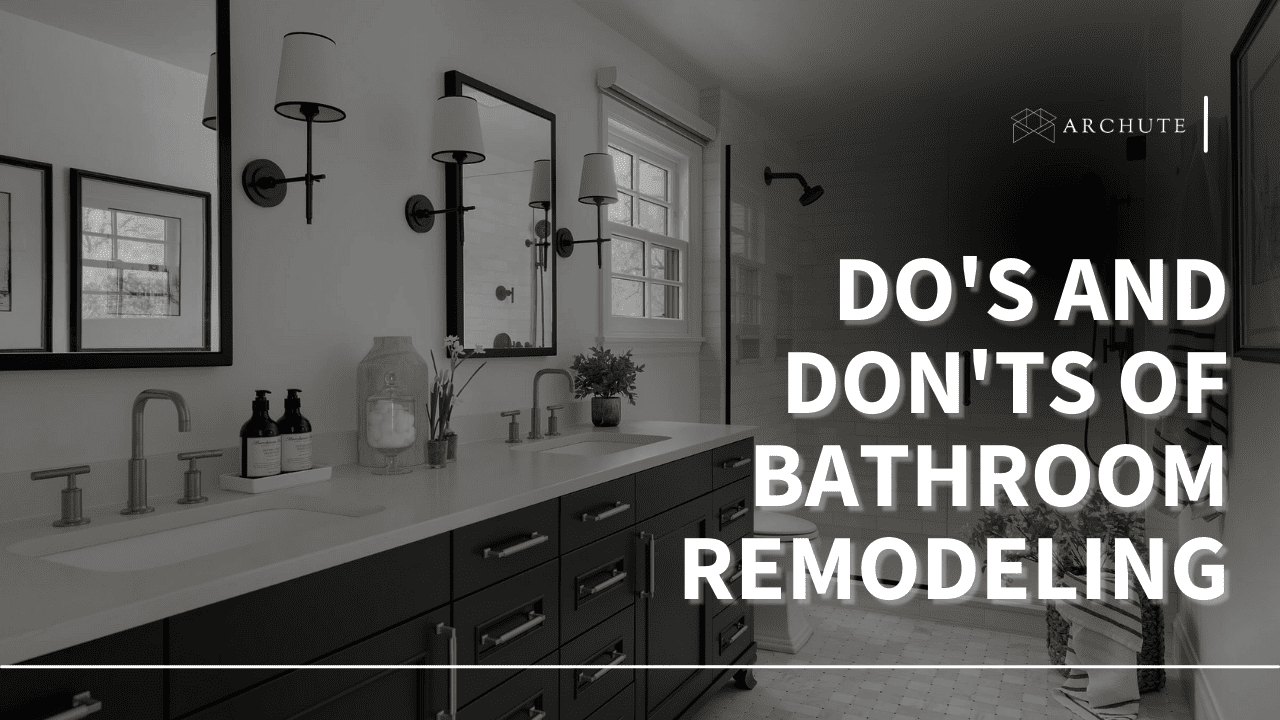The steep rent is daunting for an artist looking for a studio space. But with intelligent redesign ideas, you can set up a home studio that does not burn your pocket. A little makeover in the corner of your house or a spare room, and you will be ready to start your creative venture.
But let’s face it, studio equipment and supplies are expensive. Luckily, you can access easy personal loans to help you spend on practical items to assemble your home recording studio. Assess your requirements, prepare a list of important things, and make a budget before you start designing the studio.
In this article, we explore all the requisite steps and things you need to redesign your bedroom studio.
Let’s get on with it!
1. Decide on the Space

Image Credits: audient.com
How much space do you want for a home studio? When you consider this, decide the area in your home you want to dedicate to your studio. Here are some tips:
- Do you have to install all the music gadgets for a music studio or just a musical instrument like a drum or a guitar?
- For photo studios, light tends to bounce in smaller spaces. Also, do you have to shoot full figures or just small figurines?
Depending on the space requirement, you can pick your garage, basement, or attic spaces. If you are setting up a mini recording studio that should accommodate the entire band of musicians, you have to look for a bigger space, like a spare bedroom.
For recording studios, avoid square rooms and low ceilings. The sound waves will get reflected, resulting in unclear and inaccurate sound recordings.
2. Cheap Is Not Always Cheap
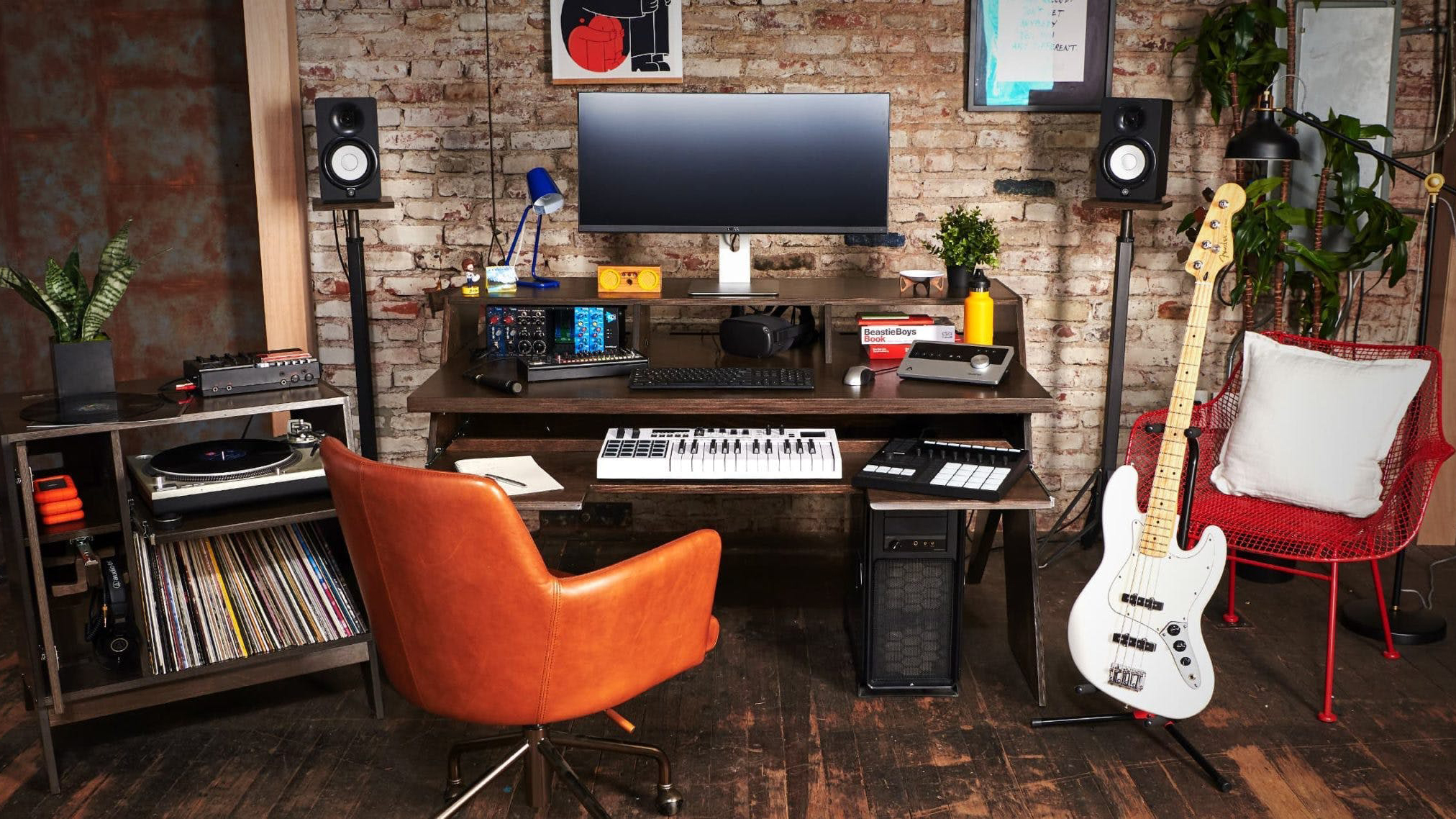
Image Credits: output.com
You can be frugal in spending yet design an aesthetically pleasing studio with smart choices. Start by planning the most important things you need for a studio. It could be the furniture and equipment like microphones, keyboards, studio monitors, etc. If you are creating a music studio, consider musical gadgets.
Also, consider camera and lighting equipment for a photography hub. Leave out the least important items for a while. For example, for a photography studio, use PVC pipes, lamp stands, and bulbs for lighting and hardware. You can use old white bedsheets for making the white/plain backdrop. This way, you can save money and slowly invest in the gadgets you earn from working at your studio.
3. Invest in Gadgets Wisely
Investing in the right gadgets is crucial for setting up a home studio. You’ll need a computer or laptop with a good keyboard that’s easy to use in low-light conditions. A digital audio workstation (DAW) is also essential for pre and post-music production.

Image source: flexlessons.com
An audio interface is another must-have gadget that helps you connect your instruments and microphones to your computer. Additionally, you’ll need high-quality headphones and speakers to hear your recordings clearly.
When recording vocals, a headphone cross-feed is a wise investment as it emulates the sound of loudspeakers in smaller spaces more accurately. You should also consider purchasing a microphone, mic stand, and other musical equipment for your projects.
To save space in your studio, consider mounting your acoustic guitar on the wall and storing your keyboard in a pullout drawer. This will save space and make your studio appear more spacious and organized.
Remember, investing in the right home recording studio equipment can make a huge difference in the quality of your recordings and the overall success of your home studio setup.
4. Natural Lighting
If you’re setting up a fashion, painting, or photography studio, having ample natural lighting is crucial for achieving the best results. However, this can be challenging if your spare room is in a basement or a garage, so you may have to spend more money installing artificial lights.
You can overcome this challenge by using a room with natural light, the most affordable and effective lighting source.

Image source: home-designing.com
You can control the amount of natural light using diffusers, white cloth, or cardboard sheets. If you need a dark room for your shoot, use black cloth or chart paper to cover the windows.
By using natural lighting and some simple materials, you can achieve great results without breaking the bank. So, if you’re on a budget, make the most of natural light in your studio setup.
5. The Finishing Touches
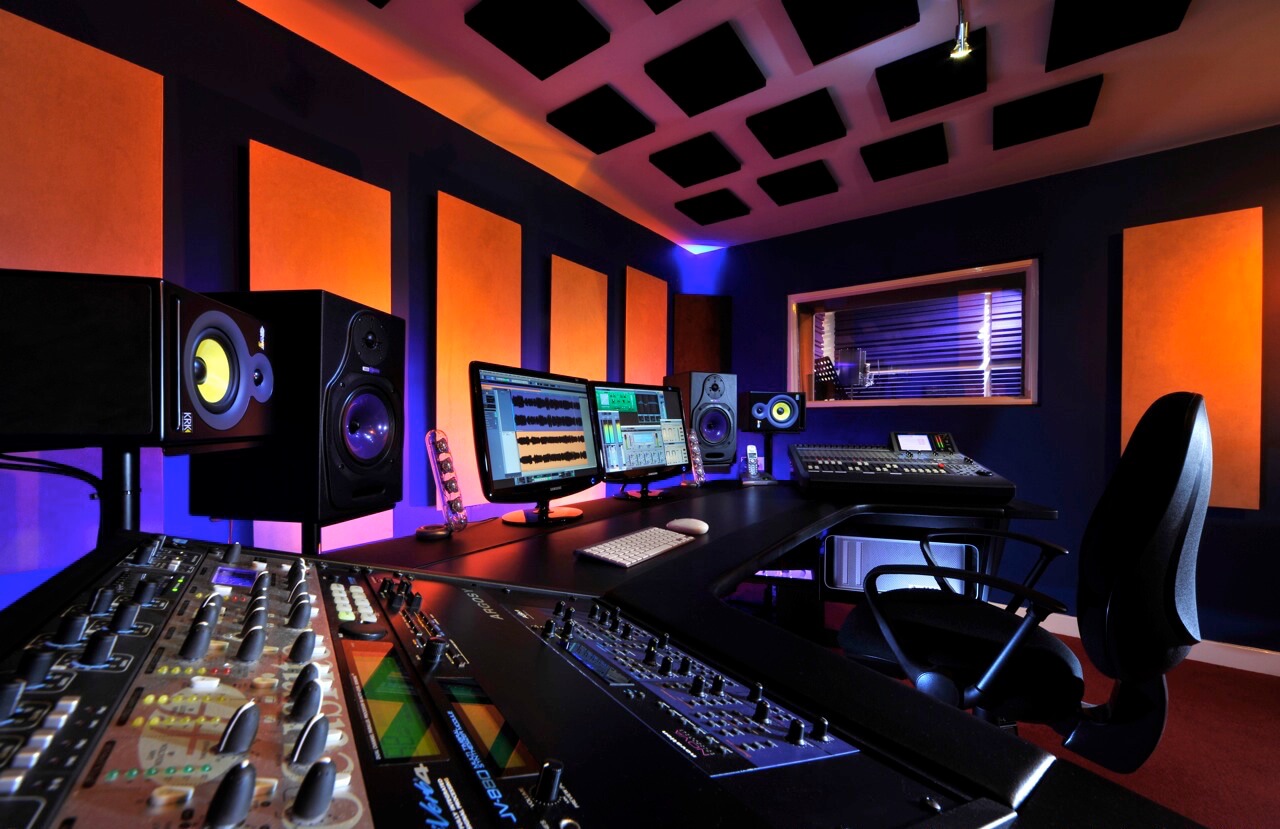
Image Credits: electronicbeats.net
If you’re looking to add some decorative touches to your home studio, there are some budget-friendly options you can consider. For instance, you can take the DIY route and change the framework of old paintings or use trinkets like candles, family photos, and plants to decorate your space.
You could make crafty items using macrame, beads, or strings to spruce your studio further. Also, consider the space you’ll need for chairs, tables, stands, and other accessories to add to your studio.
Refurbishing old furniture is also a trendy option. Look online for innovative ideas, mix and match upholstery, and paint furniture in nice colors. Adding an attractive rug at the center of the room can also help make your studio look chic and elegant.
Without a doubt, you don’t have to break the bank to add some personality and style to your professional studio. You can transform your space into a welcoming and inspiring environment with some creativity and resourcefulness.
Wrap-Up
Redesigning your home studio on a budget is definitely possible! With the right mindset, some creativity, and the tips we’ve provided for optimizing your home studio equipment and setup, you can create a professional-looking space for your music, art, or other creative projects. Remember, your home recording studio should be where you feel inspired and comfortable. By following these tips, you can achieve that without breaking the bank.
So, start implementing these ideas and enjoy the process of transforming your home recording studio into a space that truly reflects your unique style and creativity.
Frequently Asked Questions About Redesigning Your Home Studio on a Budget
a) What is a home studio?
A home studio is a space within your home for creative pursuits, such as music production, podcasting, video editing, or any other creative work requiring specialized equipment and a quiet, inspiring environment.
A home studio features equipment such as a computer, microphone, audio interface, monitors, and other necessary hardware and software to facilitate the creative process. You also want acoustic treatment to reduce unwanted sound reflections and echoes.
b) How much can a home studio cost?
The cost of a home studio varies depending on the equipment and level of quality you’re aiming for. A basic setup can cost anywhere from a few hundred to a couple thousand dollars, while a more advanced and professional-grade studio can cost tens of thousands or more.
Factors that can influence the cost include the type of equipment, room size, acoustic treatment, and additional accessories or decor. However, with some resourcefulness and budgeting, you can still create a functional and affordable home recording studio setup.
c) What do you need to make a home studio?
Home recording studios need several essential pieces of equipment to be effective. These include a computer or laptop, digital audio workstation software, an audio interface, microphones, headphones, and speakers or studio monitors. You may also need to invest in acoustic treatment to improve the sound quality in your home recording studio.
Other optional items include a pop filter, a microphone stand, and dedicated recording space. The exact equipment and setup you need will depend on your budget and the type of home recording studio you wish to create
d) What makes a good home studio?
Several factors contribute to making a good home recording studio. A dedicated space with minimal background noise and proper acoustic treatment is crucial to achieving professional sound quality. It’s also important to have high-quality equipment, such as microphones, headphones, speakers, a midi keyboard, or studio monitors, to accurately capture and monitor the sound.
A comfortable, ergonomic workspace with adequate lighting will inspire creativity and improve productivity. Finally, a well-organized and functional home studio setup that meets your specific needs and workflow can make all the difference in your success.
e) What is the difference between a home studio and a professional studio?
The main difference between a home music studio and a professional studio is the quality and resources available. Professional studios have state-of-the-art equipment, custom-built rooms with advanced acoustic treatment, and experienced engineers and producers. This allows for high-quality recordings and productions that can compete with industry standards.
In contrast, a home studio may have more limited resources and a less optimal recording environment, making it more challenging to achieve professional-quality music. However, with affordable home studio equipment, you can create a superb studio to record vocals with acoustic instruments.
f) What are the pros of a home studio?
A “bedroom studio” or home recording studio has several benefits, including:
- Convenience: You have 24/7 access to your studio, thus avoiding hourly studio rates
- Cost-effectiveness: A home studio is affordable, especially for independent artists or hobbyists
- Creative freedom: You will experiment and record at your own pace without the pressure of studio time or fees
- Familiarity: Being in a comfortable environment will make you feel relaxed and inspired, leading to more natural and authentic recordings
- Customization: You can tailor the studio to your specific needs and preferences
- Learning opportunity: Running a home studio provides valuable experience and knowledge in recording, producing, and mixing music
g) What are the cons of a home studio?
While a home studio can have many advantages, there are also some potential drawbacks to consider, including:
- Sound quality limitations
- Equipment costs: The initial recording equipment costs can add up depending on the level of studio quality you want
- Distractions: Being in a home environment can lead to distractions from outside noise, people, or household tasks, thus interrupting workflow and affecting the quality of recordings
- Limited space: Home studios are usually limited to the available space in your home, a constraint for larger projects or groups
- Potential legal issues: Depending on your home studio’s location and noise levels, there may be potential legal issues, such as noise complaints or zoning regulations, to consider
h) What is the best shape for a home studio?
When setting up your home studio, there isn’t a one-size-fits-all answer to the best shape. You should consider various factors, such as the room’s size, intended use, and acoustic treatment.
However, here are some general guidelines to consider:
- Rectangular rooms are the most common and versatile shape for a home studio
- Avoid square rooms, as they can result in standing waves and other acoustic issues
- Irregularly shaped rooms provide unique acoustic properties but may require more work to achieve optimal sound quality
- Consider the best room dimension ratio to minimize standing waves and other acoustic challenges
i) What are the best ceilings for home studios?
The best ceiling will depend on the acoustic properties you’re trying to achieve in your studio. Here are some options to consider:
- Acoustic ceiling tiles: These are a popular choice for home studios as they are affordable and easy to install. They also provide good sound absorption and can be painted to match your room’s decor.
- Suspended ceiling: This is similar to acoustic tiles but is suspended by a metal grid. Suspended ceilings provide even better sound absorption and are ideal for rooms with high ceilings.
- Wood paneling: Wood paneling provides a warm and natural aesthetic to your home studio while providing some sound absorption. However, it is not the best option if you’re looking for a highly controlled acoustic environment.
- Vaulted ceilings: These are a good option for larger home studios as they provide a more spacious feel. However, they are more difficult to treat acoustically and may result in unwanted reflections and echoes.

